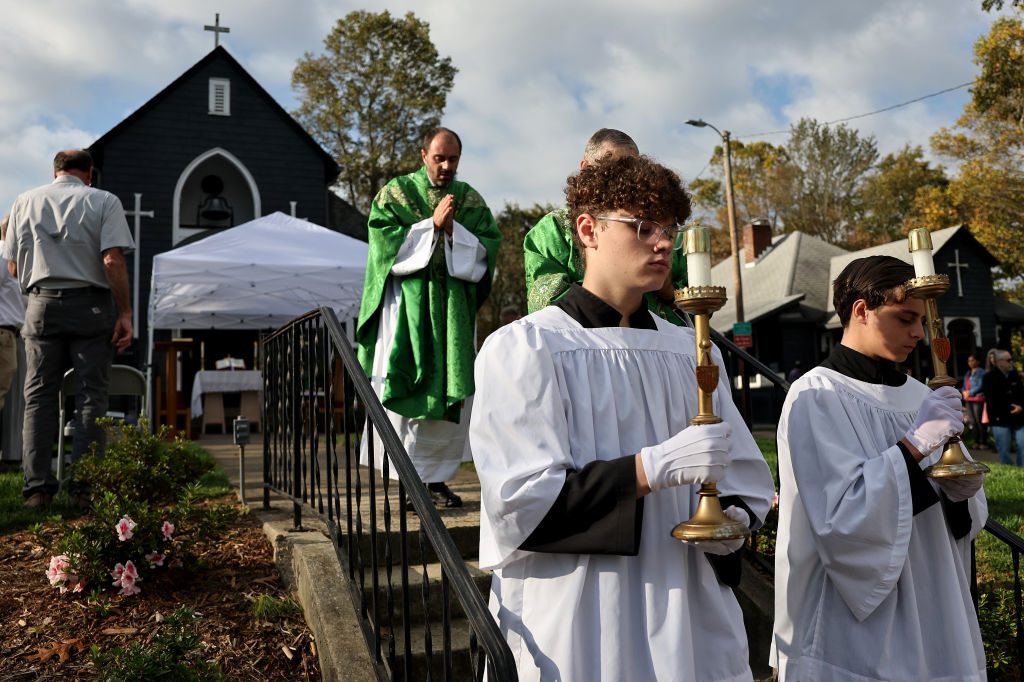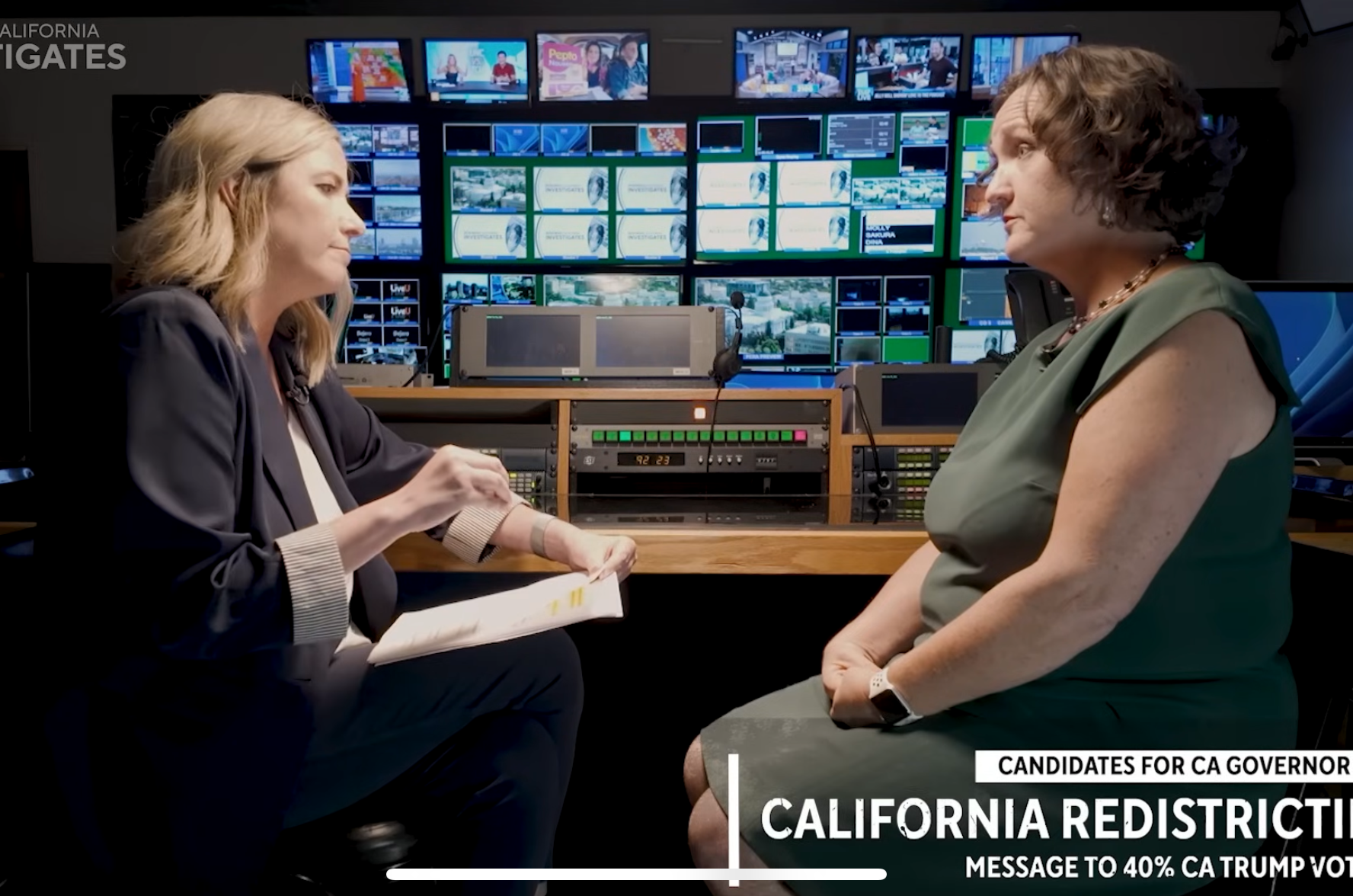The Napa Legal Institute released its second annual Faith and Freedom Index last month, which essentially scores states on how easy it is for faith-based non-profit organizations to operate within them. Coming in at the top of states that “over-burden and are even hostile towards faith-based nonprofits” are Massachusetts, Michigan and Washington, while Alabama and Indiana topped the list of states with “robust protections for faith-based nonprofits that their less-free neighbors could learn from.”
Speaking to The Spectator, Napa Legal’s counsel Frank DeVito delved deeper into the Faith and Freedom Index and how it can inform lawmakers and their constituents:
TM: Generally, what is the inspiration behind the Faith & Freedom Index — and what do you hope people will gain from it?
FdV: In general, creating an index comparing states on a certain topic is a very helpful tool. For example, there are indices telling you the best states to retire to, the best states to raise a family and the best states to start a business. Such resources help the end user to see the advantages offered by certain states. They also help the state lawmakers to see which states are doing a better job and how they can make improvements in their own states.
Since we at Napa Legal believe that local institutions, especially faith-based nonprofit organizations, are a crucial part of a healthy civil society, we think the Faith and Freedom Index provides an important service for both the end user — religious organizations — and state lawmakers. Leaders of faith-based nonprofits can use the Faith and Freedom Index to evaluate their own state, better understand the laws that govern their operations and perhaps even consider if they would be more effective in another state.
But primarily, the Faith and Freedom Index is aimed at lawmakers and policy advocates. The Index highlights that every state in the nation can do a better job of creating an environment that promotes religious freedom and regulatory freedom for the religious organizations that do so much good in our society. My hope is that those who work in the policy space will use the Faith and Freedom Index to find states and laws where they can effectively advocate for positive changes and create a better legal atmosphere for religious institutions. I also hope that state government officials will continue to use the Index as a tool to evaluate their own state, find model laws from states doing a better job and work to improve their states’ score.
TM: Was there anything that surprised you or stood out particularly about the results of your research?
FdV: One of the most surprising things I encounter while researching for the Faith and Freedom Index is that the laws do not always fall on partisan lines or reflect the culture we would expect in states that seem to be friendly to religious values. While there are some unsurprising results — for example the highest overall scores went to Alabama, Indiana, Kansas, Texas and Mississippi — other results do not reflect the typical red/blue divide. Oregon has a rather friendly regulatory landscape for nonprofit organizations. California has the most sophisticated laws protecting the internal operations of nonprofit religious organizations. And red states like West Virginia and South Dakota have extremely low overall scores on the Index. While these findings do not mean a religious organization should up and move to Oregon or California — there are certainly factors other than state law to consider! — they show that a state’s political culture does not necessarily reflect how well its laws protect and promote the work of religious organizations.
TM: How should this study inform voters and lawmakers?
FdV: The Faith and Freedom Index provides lawmakers with an excellent opportunity, especially in states that have a political culture friendly to the work of religious institutions. Every type of law analyzed by the Index has criteria for the best and worst score for that factor. And every factor has at least one example of a state that has a very good law that protects religious organizations in that area. So, lawmakers who would like to take practical steps to improve the atmosphere so that religious organizations can thrive in their states can look at the Faith and Freedom Index, find areas where their states are deficient and look to the states that have a good score in those areas. The Faith and Freedom Index both points out deficiencies and showcases model laws that can help improve a state’s friendliness to religious organizations.
Voters should use the Faith and Freedom Index, first and foremost, to realize that importance that state laws have in either helping or hindering the work of local religious institutions. Religious institutions — churches, schools, pregnancy centers, charities that feed the hungry and house the homeless — do extremely important work that affects the daily lives of individuals and communities. While it is easy to fixate on national and international issues due to what is emphasized in the news, it is worth reflecting on the fact that elected officials at the state and local level do quite a lot to make our communities better or worse. For voters who care about the work of religious organizations, there is an added benefit: your state legislators are often closer to home and easier to access than your congressman or US senator. If someone reviews the Faith and Freedom Index and sees places where his state could improve the climate for religious organizations, perhaps a call or letter to his legislator’s office could actually make a difference. The Faith and Freedom Index offers some practical ways to get involved on the state level and improve conditions for the work of religious institutions.
TM: Regarding the “worst” states on this list, how are residents of these places hampered in living in accordance with the freedoms enshrined in our Constitution?
There are many examples, but perhaps the easiest way to explain would be to use Michigan, which has the lowest score in the nation. In Michigan, there are very broad “nondiscrimination” laws related to employment. While nondiscrimination sounds good, what this means practically is that a religious organization operating in Michigan has very little ability to choose its employees according to a person’s religion, or to make decisions based on a religious understanding of sex, marriage and the human person. A Catholic school, for example, could easily run afoul of Michigan law if its policy was to hire only Catholic employees, or only employees who live the Catholic Church’s teachings on sex and marriage.
And because Michigan also does not have a strong constitutional protection of religious exercise or a state religious freedom restoration act, religious organizations have a hard time challenging these laws if the employees they are trying to hire are not legally considered “ministers.” In other states, there are broad exemptions to such “nondiscrimination” laws; there are also religious freedom restoration acts that allow religious persons or organizations to challenge laws that practically interfere with the free exercise of religion.


























Leave a Reply